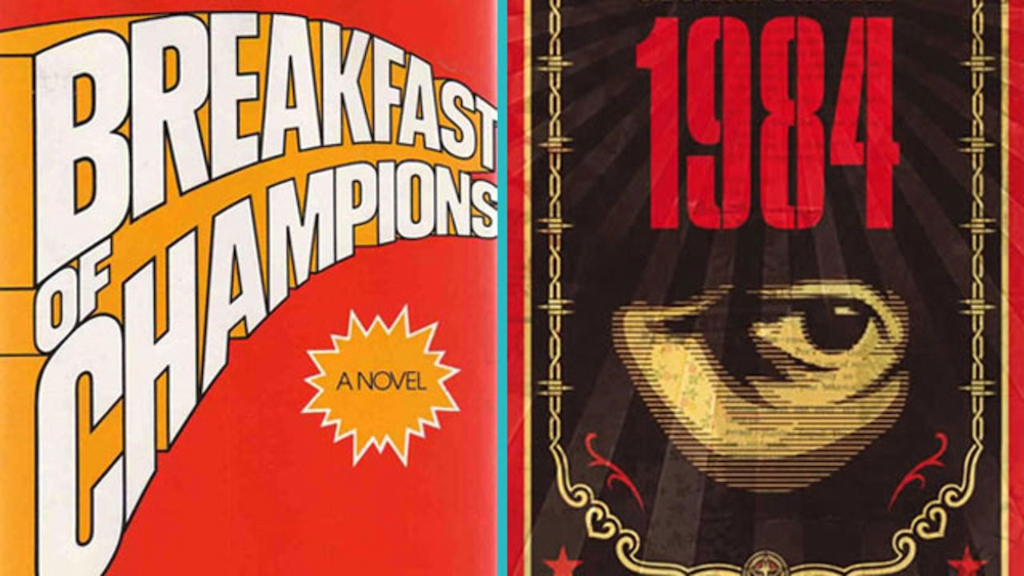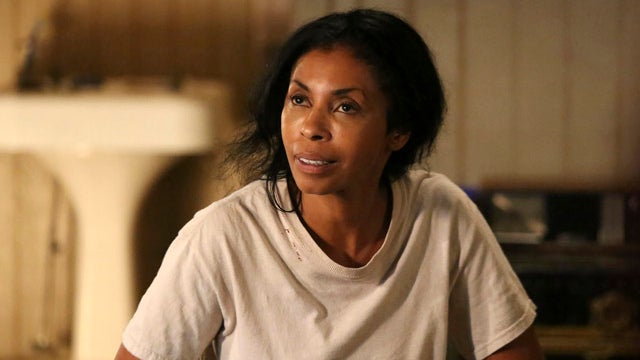Now that 'To Kill a Mockingbird' is getting a sequel, it's time for these classic books to get a follow-up.
Harper Lee's To Kill a Mockingbird was published in 1960 to universal acclaim and became one of the most celebrated works in American literature. Despite winning a Pulitzer Prize and earning Lee a Congressional Medal of Freedom in 2007, it was the author's only published book.
NEWS: 'Peter Pan' and 6 Other Beloved Disney Movies Based On Dark, Horrifying Books
On July 14, Lee's second novel Go Set a Watchman will be hitting bookstore shelves, nearly 54 years after To Kill a Mockingbird. The story, which Lee actually wrote before her debut novel but never published, serves as a sequel to Mockingbird, and follows the original book's beloved characters years after the events depicted in Lee's masterpiece.
Now that To Kill a Mockingbird has a follow-up, it's time to go back and see what other famous literary works could use a Part Two. Here are six classic novels that are begging for a sequel.
1. The Catcher in the Rye (1951)
What it's about: An angsty, rebellious teen named Holden wanders around New York City after getting kicked out of prep school. He narrates his adventures which include hiring a prostitute (just to talk to) and calling everyone "phonies."
The sequel: What happens when Holden grows up and discovers that he doesn't know anything about the world? What if an adult, self-aware Holden had to deal with problems like finding work or going to war or having a kid? Would he fall back into his old ways?
2. Lord of the Flies (1954)
What it's about: A plane carrying young British schoolchildren crash lands on a deserted island, leaving only the pre-teens alive. Their attempts to govern themselves go poorly, to say the least, and soon there's some pretty savage kid-on-kid murder. It's a story of human nature.
The sequel: At the end of the book, the surviving kids get rescued and freak out over what they've done. But a look into each of the survivor's lives as they age with the knowledge of what they did could be amazing. The book could also be set against a backdrop of of a fictional (possibly nuclear) war, and it would be fascinating to see those same schoolkids as adult soldiers dealing with an insane world at war.
3. Frankenstein (1818)
What it's about: It's about Frankenstein and his monster. Come on, you don't need us to spell this one out.
The sequel: The original novel ends at the North Pole, with The Monster having killed Dr. Frankenstein in revenge for his creator rejecting him. However, he gains no peace from his murders and drifts off on an ice raft with the plan to kill himself. However, what if The Monster decided to join society? Hiding his deformities, he could dedicate himself to science or medicine to make up for all the pain he's caused, but ends up having to kill even more people to keep his past and secret hidden.
4. 1984 (1949)
What it's about: A sad man tries to rebel against a futuristic totalitarian government, only to discover that there is no way to rebel, and that he actually loves Big Brother.
The sequel: Hope isn't exactly a prominent theme in George Orwell's classic dystopian sci-fi novel, and it shouldn't be any more prevalent in the sequel. It could be set several years after the events of the original story, and could follow a group of rebels who try to fight the government, only to discover that there isn't any way to win.
5. Naked Lunch (1959)
What it's about: William S. Burroughs' most famous book follows the adventures of a heroin addict named Lee as he travels through America, Mexico, Tangier, and the psychedelic "Interzone." And that is the most coherent summary one could give.
The sequel: The book doesn't really have an ending so much as it simply stops. Lee the junkie shoots two cops and goes on the run, and then hallucinatory things happen. But it never felt like the insanity of the Interzone was explored fully, and Burroughs could have used his brand of crazy to make fantastical and horrifying new worlds for Lee to explore.
6. Breakfast of Champions (1973)
What it's about: A deranged used car dealer becomes obsessed with the works of a bitter, washed-up sci-fi writer and their lives converge, leading to violence and madness. It's a story of free will, happiness, and Pontiacs.
The sequel: Kilgore Trout, the brilliant but largely ignored sci-fi writer from the original novel, could continue to wander the world, writing stories and inadvertently driving people crazy and changing the course of history -- he is, after all, the only man who truly has free will.
NEWS: 5 Must-See Adaptations of Elmore Leonard's Greatest Novels
2015 looks to be the year of sequels. Check out ETonline's look at the film sequels we're most excited about in the coming months.
You can follow Zach Seemayer on Twitter @ZachSeemayer.

